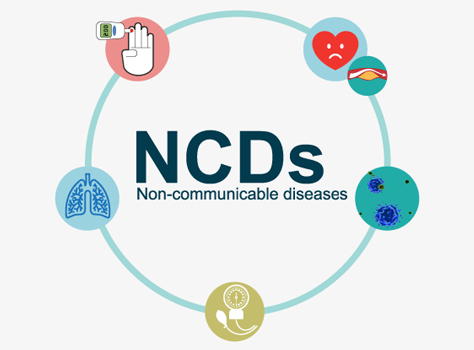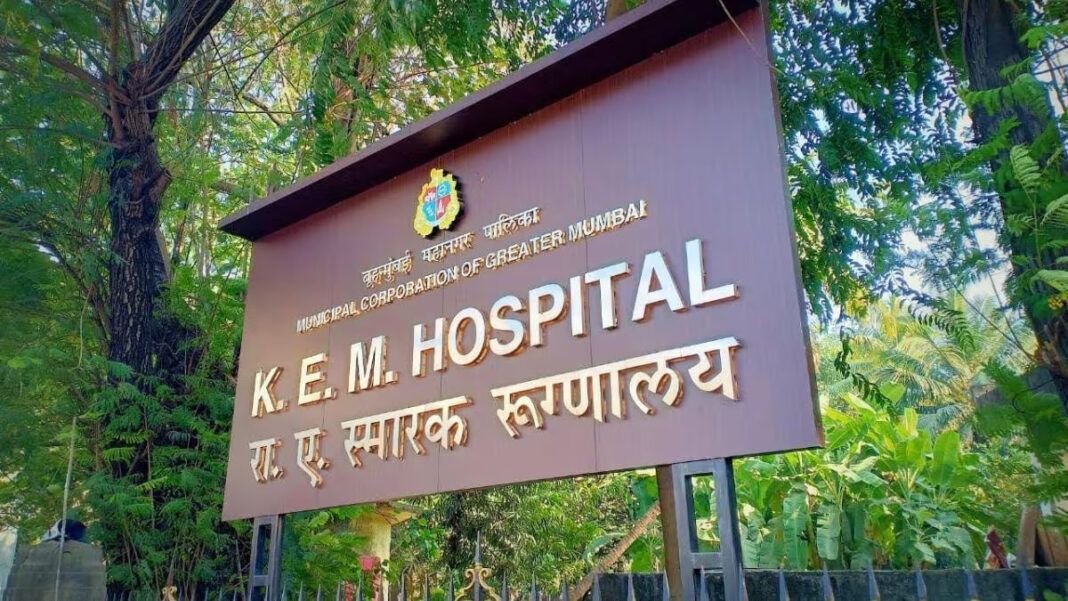Every fourth urban Indian has elevated cholesterol levels, every second suffers from insufficient vitamin D, and 8% are anaemic, according to the Agilus Diagnostics’ 2024 Wellness Study, which analyzed test results from 1.5 lakh individuals across metro cities in 2024. This alarming snapshot highlights how non-communicable diseases (NCDs), which are chronic in nature, have become a significant public health concern in India.
According to the World Health Organization, NCDs account for 60% of all deaths in India, with one in four Indians at risk of dying prematurely from conditions like cancer, diabetes, or cardiovascular diseases.
Non-communicable diseases (NCDs)
According to Dr Deepak Baid at Nulife hospital, Ghatkopar, Non-communicable diseases (NCDs) are chronic conditions that are not transmissible but often long-lasting. Examples include diabetes, cancer, cardiovascular diseases, chronic respiratory diseases etc.
The commonest trigger factors of NCDs are:
Genetics: A parent having a heart attack at an age before 55 is high risk for children to have heart disease too.
Lifestyle and environmental factor: Junk food, lack of sleep, lack of physical activity, increased stress etc. predispose to Diabetes, cancers among others.
Addictions: Smoking, Tobacco use, Alcohol etc. increase incidence of heart disease and Cancers.

The new findings, which are a part of the Agilus Diagnostics’ 2024 Wellness Study also show that 27% of those studied had high readings of HbA1C-a blood test that measures amount of glucose attached to haemoglobin in red blood cells. Due to high sugar intake and increased consumption of processed food, Indians are at greater risk of NCDs if they also have low physical activity level.
Urban Health Report
According to Dr. Deepak Sanghavi from Agilus Diagnostics, urban lifestyles play a major role in the rise of NCDs. In addition to affecting immunity, vitamin and mineral deficiencies can lead to serious consequences.
Dr. Shashank Joshi, a senior endocrinologist at Lilavati Hospital, agreed, saying that it is now known that one in three Indians suffers from diabetes, and an equivalent number have dyslipidemia, or high cholesterol. He emphasized the evolving understanding of vitamin D requirements.
“Only those with a vitamin D of less than 10 nanograms per milliliter need to take it. For levels above 20, dietary improvement suffices, while corrective action is needed for those with levels between 10 and 20 if symptoms of poor bone health or low immunity are present,” he said.
Factors reducing vitamin D levels in Indians
Vitamin D levels among Indians are hit by a 3-tier effect:
- Smog: Dense pollution blocks sunlight.
- Concrete jungles: Urban landscapes limit sunlight indoors.
- Melanin levels: Higher melanin in Indian skin reduces UV ray absorption necessary for vitamin D synthesis.
Combating NCDs
Experts agree that tackling NCDs requires a holistic approach:

- Diet: Focus on balanced, nutritious meals.
- Exercise: Regular physical activity is critical.
- Sleep: Ensure at least seven hours of quality sleep daily.
The rise of NCDs in urban India is a pressing concern, which is made worse by modern lifestyles and environmental factors. Addressing these health issues require awareness, early intervention, and consistent attempts to adopt healthier habits.




